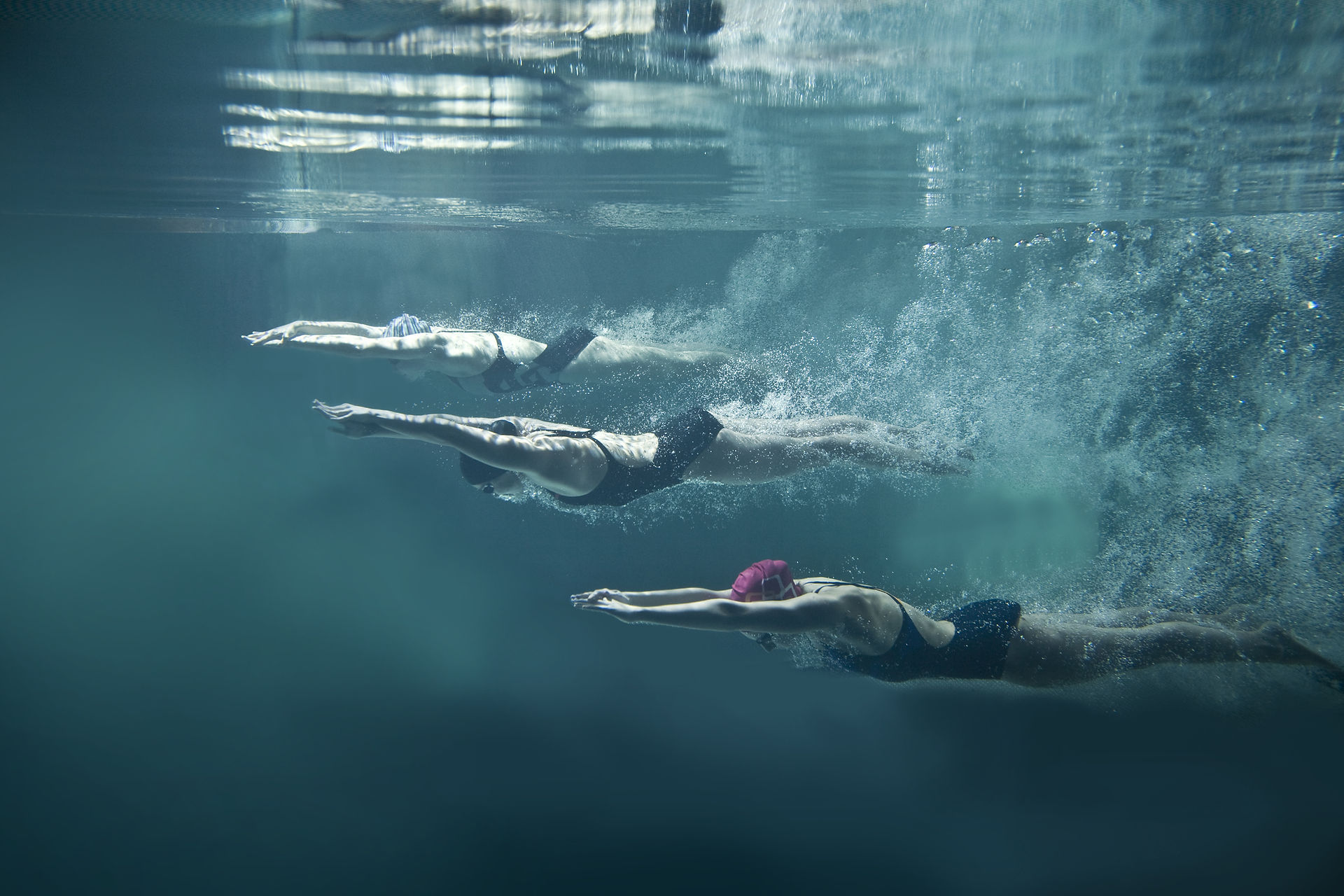
MUSEUM OF CULTURAL HERITAGE
“Tracing our Cultural Heritage” is a project devoted to European Cultural Heritage. Through our project, we will know, appreciate and maintain for the next generation, our cultural heritage and at the same time, we will meet the heritage of our partners. Here, we present the Museum of European Cultural Heritage that will help to reinforce a sense of belonging to a common European space.


1. All schools have plenty of space and many building facilities.
2. Five of the six schools take their name from the area in which they were built on or from a famous artist of their area.
3. The schools are located on countryside and have students from many villages.
4. All the schools have history from the 19th or the beginning of 20th century.
5. Difficulties encountered in the 20th century: Luck of money to build, luck of teachers, many of them was closed during the Second World War.
Similarities in Art
1. All six countries have unique traditional costumes to express their identity.
2. Pottery/Ceramics represent a big part in all six cultures. Some of them have Greek and Roman influence.
3. There are Naive Art Museums in three of the partner countries (Croatia, Spain and France) as a proof of the importance of this visual art in the respective countries.
4. French painters have represented an inspiration for artists in all partner countries.
1. All Regions have very ancient origin and many prehistoric finds witness the presence of the human being during the Neolithic
2. Greek and Roman civilization was very important for cultural development of all Regions
3. Five of six lands were areas of military or commercial importance during the Middle Ages.
4. Modern Age was a period of great economic prosperity and cultural wealth in all countries, thanks to prominent families, to monasteries or farsighted sovereignty.
5. Despite the suffering, our countries went through the first and second world war: the twentieth Century was a period of substantial progress.
Similarities in Monuments
1. Most of schools presented a castle (or a palace) as an important monument of their area.
2. All monuments are very old and have a great history.


